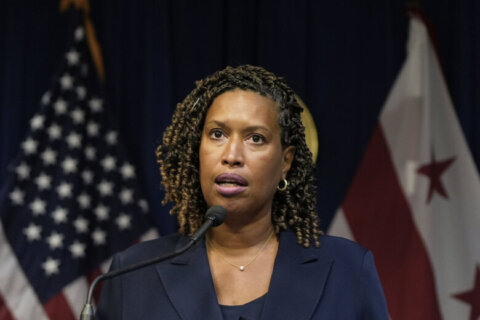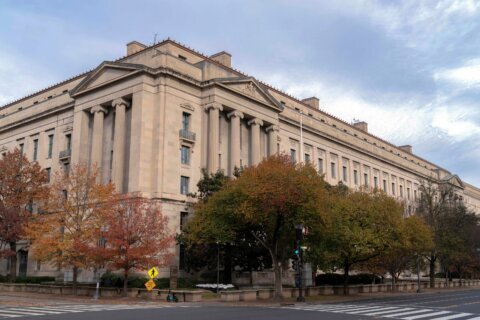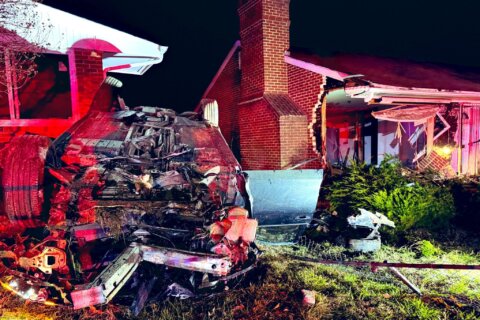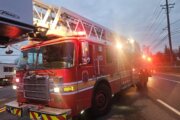The nation’s capital remains under a stay-at-home order, but at some point restrictions will be eased and tourists will begin to come into the city once again.
The struggle for the local and federal government, as well as businesses, will be how to make sure things like social distancing can remain in place.
“We’re going to have to do business differently, that includes tourists,” said Dr. Michael Parkinson of P3 Health.
Parkinson serves on an advisory panel for the U.S. Travel Association, which has developed new guidelines for the travel industry in what is dubbed “Travel in the ‘new normal.’”
Parkinson said D.C. is a unique case because while it has the elements of a big city, its design also creates some advantages when officials try to figure out how to maintain physical distancing.
D.C.’s busy streets and public transit are among its disadvantages.
“You get down on K Street or you’re heading down on Capitol Hill; they look a lot like Manhattan, it can’t look like Ithaca, New York,” Parkinson said.
Parkinson said since crowded conditions appear to play a role in the coronavirus’ rapid spread, activities such as riding on the metro or walking on sidewalks could prove problematic when it comes to people maintaining a social distance of six feet.
“D.C., great city, but it has both of those elements — density and the transit system — that could place it at great risk,” Parkinson said.
Another factor he said should be considered is how long a person goes without having access to soap and water to wash their hands.
He said area leaders will have to consider how to “engineer” ways people can get around and stay far enough away from one another.
The District does have some advantages that the Big Apple does not: big open buildings and spaces. Parkinson said you can thank the man who helped design the city, Pierre Charles L’Enfant for them.
“D.C.’s blessed by having those big open spaces where you have enough room to separate people, they don’t have to stay on the trail,” Parkinson said.
He said the many outdoor stops, including the memorial and monuments, also allow people to get sunlight, which not only helps a body fight infection but also does a number on viruses.
- Sign up for WTOP alerts
- Northam: Phase 1 of reopening Virginia could happen May 15
- Cold spring may shield Maryland crab fishermen from disastrous 2020
- Latest coronavirus test results in DC, Maryland and Virginia
- Coronavirus FAQ: What you need to know
- Coronavirus resources: Get and give help in DC, Maryland and Virginia








